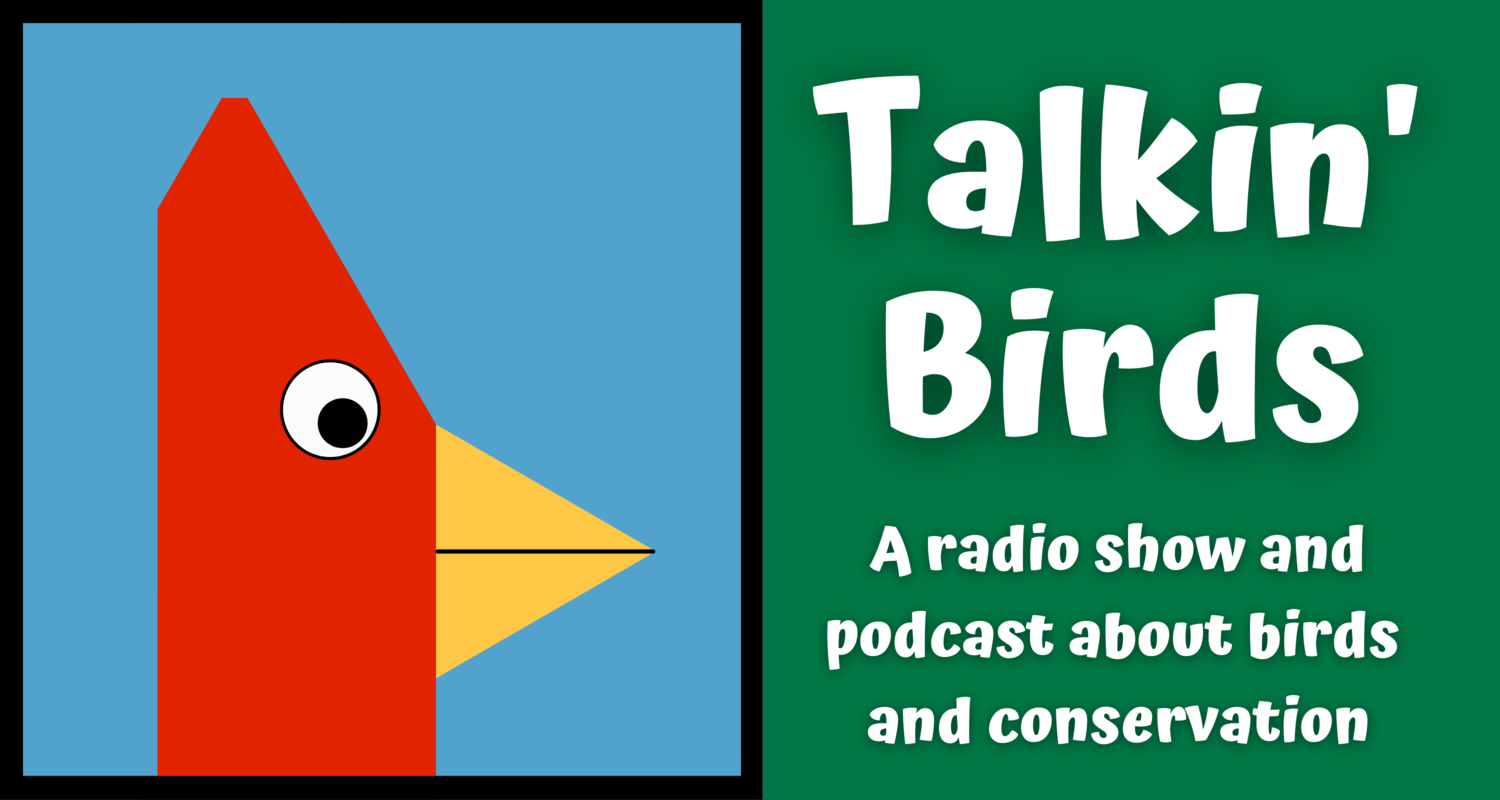Getting Kids Interested in Birds
It’s easy to imagine that going for a bird walk wouldn’t appeal to screen-obsessed young people, but that isn’t necessarily true. It can be easy and fun to engage them in learning about birds and the natural world. Here are some resources we like for helping connect children with the outdoors.
Our youngest Talkin’ Birds Ambassador, Abby Lard, age five, reminding us that you’re never too young to get interested in birds and birding! Photo courtesy of her Nanna, Mary Ann Justice.
Free resources from the Cornell Lab OF Ornithology and National Audubon Society
The Cornell Lab has bird feeder cams set up across the US; their Sapsucker Woods FeederWatch cam in New York State is a fun one to start with.
Bird Sleuth has free lesson plans for grades K through 12.
Feathered Friends: Bird of the Month introduces a variety of species to kids, plus concepts in bird ecology and behavior.
Games and online activities such as Beast Box and Bird Song Hero provide users opportunities to interact with components of bird songs. Read this review of more options by one of our Talkin’ Birds Ambassadors.
National Audubon has a website full of activities English and Spanish. Check out Audubon Para Ninos for more.
Photo: Christa Rolls of Birding Tools.
SCIENCE, MATH AND OBSERVATION
Keep a list of the birds around your backyard, neighborhood, or school campus.
Bird-friendly plants will encourage birds to show up. Check out this webpage for ideas on bird-friendly gardening.
Contribute to citizen science by entering observation data into eBird, the world’s largest citizen science biodiversity database.
Lead a bird walk for kids at a local park or school. A state park or Audubon Center might be able to arrange a field trip or send a guide to your school’s campus. City or county parks, private arboretums, local bird clubs, and local Master Naturalist chapters are also great places to ask.
Have kids maintain bird feeders outside your classroom or kitchen window.
If you live in North America, consider participating in Project FeederWatch, in which you count the birds at your feeders over the winter and submit your counts to the database run by the Cornell Lab of Ornithology and Bird Studies Canada.
Build your own bird feeders or nest boxes. See here for instructions from the Cornell Lab of Ornithology and check out these plans from the Oregon Department of Fish and Wildlife.
Kid-friendly ideas from NASA can be found here. A carbon footprint calculator (like this one from The Nature Conservancy, or this more kid-friendly one here) is a hands-on activity that can facilitate discussion.
Digital learning can offer opportunities kids may not have access to otherwise. The education team at Houston Audubon’s Raptor and Education Center, for example, can teach all over—plus, they have owl ambassadors!
Further Reading and Professional Development
Every summer, National Audubon Society runs an Educator Week at their Hog Island Audubon Camp in Maine. Scholarships are available. Attendance can provide up to 4.5 Continuing Education Credits.
Flying WILD is a professional course for educators of all kinds, run by the Association of Fish & Wildlife Agencies. Check out their website to find one near you.
Learn more about Nature Deficit Disorder in Last Child in the Woods: Saving our Children from Nature-deficit Disorder, by Richard Louv. A follow-up book by Louv, Vitamin N: 500 Ways to Enrich the Health & Happiness of your Family & Community, has hundreds of practical ways to get kids outside and engaged with the natural world.
Check out the Children and Nature Network and download their Nature Clubs for Families toolkit for ideas connecting with other families to get kids outdoors.
Resources Available in Specific Places
If you are in Philadelphia, borrow one of the Birding Backpacks from the Free Library of Philadelphia. These include binoculars, a field guide, and a map of local areas to go bird watching. If you’re not in Philadelphia, why not encourage your local library to do the same?
If you live in Oregon, the Oregon Department of Fish and Wildlife has provided bird box kits to teacher Kevin South and his 3rd grade class at no cost. Contact the Oregon Department of Fish and Wildlife to find out whether they can help you, too.
No matter how you help kids learn about birds and nature, make sure to have fun doing it. If the kids in your life see that you enjoy the outdoors, they’ll be eager to get out there with you.
How have you helped kids interested in birds and bird watching? Do you know of any location-specific resources? Is there a bird-related book that the kids in your life adore? Please let us know so we can add it to this page!


